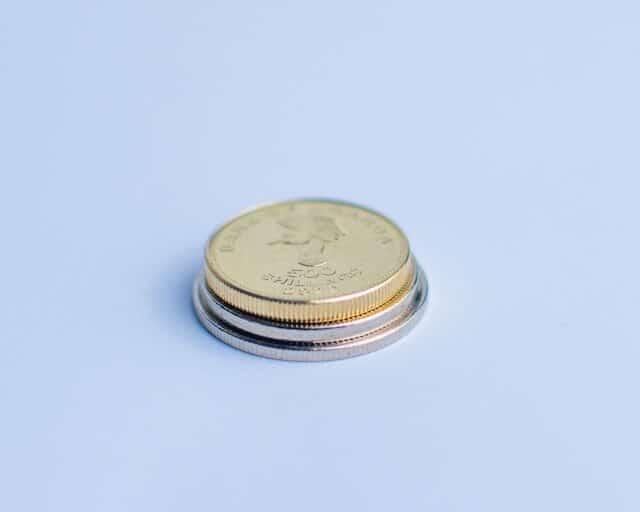The Ugandan Shilling (UGX) is one of Africa’s most vital currencies, serving as the official currency of Uganda. Whether you’re planning to visit Uganda, invest in the country, or simply learn about one of East Africa’s most dynamic economies, understanding the Ugandan shilling is key.
This guide will walk you through everything you need to know about the UGX, including its history, current value, economic importance, and practical insights into currency exchange and usage. By the end, you’ll feel confident handling and discussing the Ugandan shilling.
What Is the Ugandan Shilling?
The Ugandan Shilling, abbreviated UGX, is the official currency of Uganda. Issued by the Bank of Uganda, it plays a central role in the nation’s economy, being used for everything from local trade to international commerce.
The UGX is made up of smaller denominations called cents, but cents have largely fallen out of regular use due to inflation. Today, the UGX exists in both coin and banknote forms, with banknotes commonly used for larger transactions.
A Brief History of the Ugandan Shilling
From the East African Shilling to UGX
Before Uganda introduced the shilling in 1966, the country, along with Kenya and Tanzania, used the East African Shilling. The decision to move to the UGX allowed Uganda to assert its monetary independence following the end of British colonial rule.
Early Years and Reforms
The early years of the Ugandan shilling were turbulent, marked by political instability and economic upheaval during the 1970s and 1980s. High inflation significantly devalued the shilling during this era.
To address these challenges, major monetary reforms were introduced in the late 1980s and early 1990s. These reforms helped stabilize the currency and positioned Uganda’s economy for future growth.
The Ugandan Shilling Today
The UGX is a free-floating currency, which means its value is determined by supply and demand in the foreign exchange market. This also makes its exchange rate susceptible to factors such as inflation, economic performance, and global financial trends.
Current Denominations
- Coins: 50, 100, 200, 500, and 1000 shillings
- Banknotes: 1,000, 2,000, 5,000, 10,000, 20,000, and 50,000 shillings
Each note features vibrant and colorful designs showcasing Uganda’s rich culture and natural heritage, including iconic national symbols like the Crested Crane and Murchison Falls.
Why the Ugandan Shilling Matters
The UGX is more than just a medium of exchange; it’s a window into Uganda’s economy and a key component of its global interactions.
Supporting a Growing Economy
Uganda is one of Africa’s fastest-growing economies, with sectors such as agriculture, tourism, and service industries contributing significantly to GDP. The stability of the shilling is critical to fostering investment and supporting these industries.
Trade and International Exchange
The UGX also plays a vital role in Uganda’s trade relationships. Exports like coffee, tea, and fish bring in foreign currencies, which influence the value of the UGX on international markets.
Using the Ugandan Shilling in Daily Life
Currency Exchange Tips
When exchanging money, be mindful of rates that can vary significantly between banks, forex bureaus, and informal exchanges. Here are some tips for a smooth currency exchange experience:
- Use Banks or Licensed Forex Bureaus for reliable rates and secure transactions.
- Avoid Airports for exchanging large sums, as their rates are typically higher.
- Know the Exchange Rate before exchanging money to avoid being overcharged.
Cash Versus Card Usage
While Uganda is moving toward a more digital payment ecosystem, cash remains king, especially in rural areas. Credit and debit cards are widely accepted in cities, hotels, and larger establishments, but always carry some cash for smaller transactions.
What Impacts the Value of the Ugandan Shilling?
Several factors influence the UGX’s performance in the foreign exchange market, including:
- Inflation: High inflation rates can lower the shilling’s purchasing power.
- Foreign Investments: Increased foreign direct investment boosts demand for the UGX.
- Exports and Imports: Trade deficits can create pressure on the currency, while strong export performance supports it.
FAQs About the Ugandan Shilling
How stable is the Ugandan shilling?
The UGX has been relatively stable in recent years, thanks to sound monetary policies by the Bank of Uganda. However, it remains susceptible to global economic conditions and currency fluctuations.
Where can I exchange Ugandan shillings?
UGX can be exchanged at banks, licensed forex bureaus, and some hotels. Avoid unauthorized money changers to ensure security.
Is it better to carry USD or UGX in Uganda?
Both are widely used, but for local transactions, the UGX is preferred. USD may be necessary for certain payments, such as hotel bookings and safaris.
Key Takeaways and Next Steps
The Ugandan shilling is a vital piece of Uganda’s identity and economy. Whether you’re visiting the country, investing in its industries, or interested in global currencies, understanding the UGX is essential.
If you’re planning to exchange foreign currencies or invest in Uganda, start by staying informed. Monitor exchange rates, consult experts, and prepare to make the most of your time with this dynamic currency.

